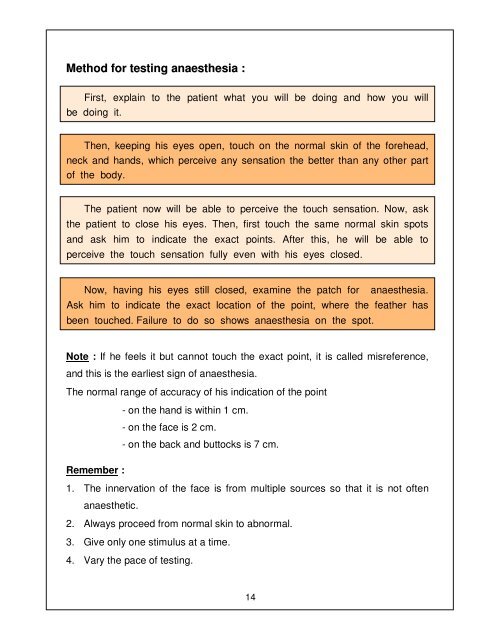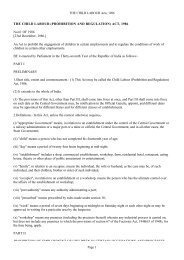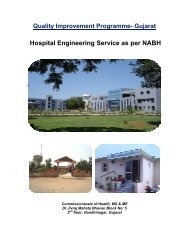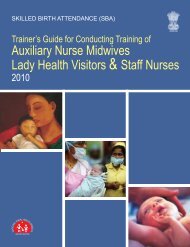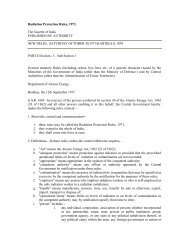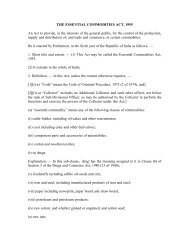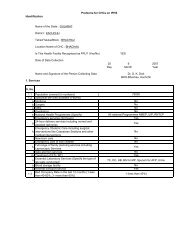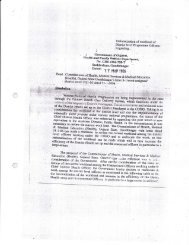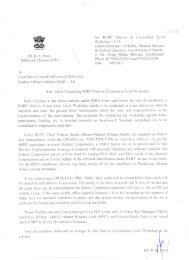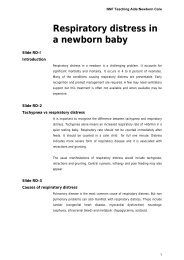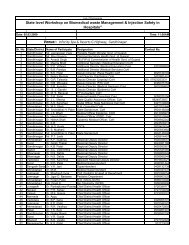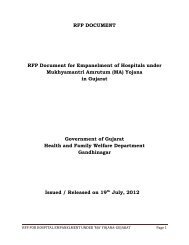Leprosy Training Module for Medical Officers
Leprosy Training Module for Medical Officers
Leprosy Training Module for Medical Officers
Create successful ePaper yourself
Turn your PDF publications into a flip-book with our unique Google optimized e-Paper software.
Method <strong>for</strong> testing anaesthesia :<br />
First, explain to the patient what you will be doing and how you will<br />
be doing it.<br />
Then, keeping his eyes open, touch on the normal skin of the <strong>for</strong>ehead,<br />
neck and hands, which perceive any sensation the better than any other part<br />
of the body.<br />
The patient now will be able to perceive the touch sensation. Now, ask<br />
the patient to close his eyes. Then, first touch the same normal skin spots<br />
and ask him to indicate the exact points. After this, he will be able to<br />
perceive the touch sensation fully even with his eyes closed.<br />
Now, having his eyes still closed, examine the patch <strong>for</strong> anaesthesia.<br />
Ask him to indicate the exact location of the point, where the feather has<br />
been touched. Failure to do so shows anaesthesia on the spot.<br />
Note : If he feels it but cannot touch the exact point, it is called misreference,<br />
and this is the earliest sign of anaesthesia.<br />
The normal range of accuracy of his indication of the point<br />
- on the hand is within 1 cm.<br />
- on the face is 2 cm.<br />
- on the back and buttocks is 7 cm.<br />
Remember :<br />
1. The innervation of the face is from multiple sources so that it is not often<br />
anaesthetic.<br />
2. Always proceed from normal skin to abnormal.<br />
3. Give only one stimulus at a time.<br />
4. Vary the pace of testing.<br />
14


